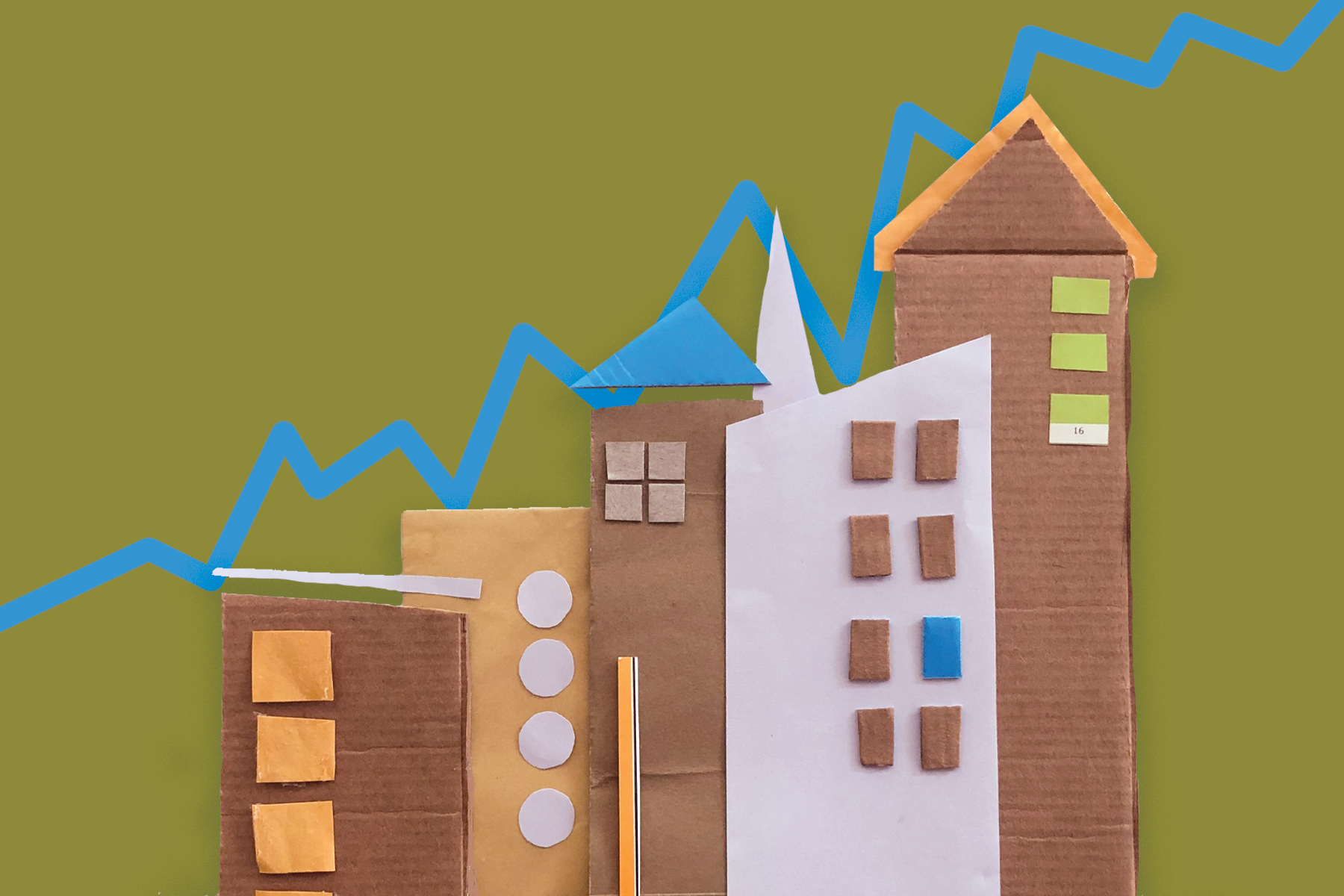Among the many rites of passage a young collegian can expect to go through, there is one that serves as a particularly poignant reminder of the joys, and trials, of adulthood. Between the first heartbreaks, first internships and first all-nighters, one “first” is the most daunting of all: signing their first lease.
For most college students, a lease is the first monetary obligation of its size and immediacy. While tuition payments can be stalled for years (à la loans and the like), rent is due when it is due — no ifs, ands or buts. This is a stressful enough undertaking on its own, but when university plans change rapidly due to the ever-fluctuating COVID-19 situation, the problem can get a lot more complicated.
Housing for Students
Like many students, I signed a lease on my first apartment this past spring. Just a few minutes from campus, I imagined my proximity would be necessary for in-person classes and activities, and that I would relish the opportunity to be near my other friends and sorority sisters on Greek row.
Obviously, I was mistaken. COVID-19 is not going away anytime soon, and I am doing my best to make the most of my rent payments by choosing to live in my apartment even during remote classes. But my roommates (and hundreds upon thousands of college students like them) are not, leaving them struggling to find rent money or new subletters to take their place.
It’s a privilege to be able to afford rent during this time (and to have the option to move back home, if necessary). For those who come from lower income backgrounds, have lost a job due to the pandemic or are immuno-compromised, living with housemates as a college student during a period of remote learning might not be an option. Many find themselves in challenging renegotiations with the often über-strict lease policies of collegiate landlords and on-campus properties.
The problem is two-sided, in a certain sense. Students who had planned to come to campus in the fall are now struggling to break off-campus housing contracts and move out of cooperative/communal living facilities in order to live elsewhere (most commonly, at home). Students already facing tight budgets due to the pandemic or that are at-risk of contracting the COVID-19 virus in communal spaces are now stuck in contracts proving near-impossible to break.
Returning to Campus
Similarly, students who rely on on-campus housing and other fall housing options have been evicted with little notice as plans for re-opening have fallen through. At the University of San Francisco (USF), for example, students were notified that they would have to vacate their dormitories over spring break — those on vacation had to fly back, get their stuff and leave, sometimes without a place to go back to.
Some sororities and fraternities — as well as other larger living facilities — have had to forego re-opening because of their large size, leaving those who signed contracts with them struggling to find adequate and sensible housing elsewhere.
More pressingly, college students are attempting to navigate already-precarious housing situations in some of the most rent-inflated areas of the country. Bay Area students, for example, already pay exorbitant prices for housing — these prices have only skyrocketed as folks struggle to move as quickly as possible.
Not only is it difficult for students to leave their contracts near campus, but in other instances, it can be difficult for them to return to campus if their housing falls through. In the meantime, they’re being charged the same tuition prices for an online education, leaving pockets practically emptied and stress at an all-time high.
Relations between student renters and landlords are also fraught with tension. According to Bay Area Legal Aid attorney Lara Verwer, many students are first-time renters who sign their lease documents without the watchful eye of a guardian and are enticed into signing “ironclad leases with stiff penalties.”
When these same students complain, they’re faced with standoffish landlords who all but “ghost” their renters. Facebook pages have a hub for students desperate to find subletters, as college students flock to the site to advertise their apartments while their crooked landlords ostensibly compete with them, offering their spots for a lower price.
The Struggle is Widespread
The problem isn’t specific to college students alone. The rent crisis has been slowly affecting folks all over the country for years, with already-increasing eviction rates exacerbated heavily by the COVID-19 pandemic. Following the passage of the CARES act, the U.S. government passed a series of eviction moratoriums, or statutes that prevent landlords from evicting their tenants. These were set to expire at the end of July, leading to an uptick in evictions as housing courts have officially reopened.
In addition to these newly evicted tenants, college students and other renters have faced threats of eviction as the aforementioned moratoriums and unemployment benefits continue to expire with little aid from the government. The president of the National Low-Income Housing Coalition, Diane Yentel, puts it this way: “You’re always one financial shock, one financial emergency from not being able to pay the rent, and potentially being evicted, and, in the worst cases, facing homelessness. And for many of these same renters, the coronavirus is that financial emergency.”
This global emergency has definitively shown that housing is a form of health care. In crowded situations, folks are more likely to contract communicable diseases like the coronavirus. After all, most unhoused people and those living in a congregate facility like a jail are unable to follow mandated social distancing protocols, acutely increasing their exposure.
Government aid and rental assistance is desperately needed to address the public health and socioeconomic impacts of the COVID-19 pandemic on housing and homelessness. Between college students facing unsustainably high rent payments and the looming threat of houselessness, families running out of unemployment benefits and the detrimental effects of the continued pandemic, it’s clear that the status quo is untenable.
Advocates are calling for substantial shifts in thinking on the part of private landlords and the government, urging counties across the nation to prioritize resources for low-income and student housing and calling for rent cancellation for those facing economic hardship due to COVID-19. It’s a bold call to action, but for the young people, students and everyday Americans whose educations and livelihoods are dependent on this moment, it may be our only chance.
















